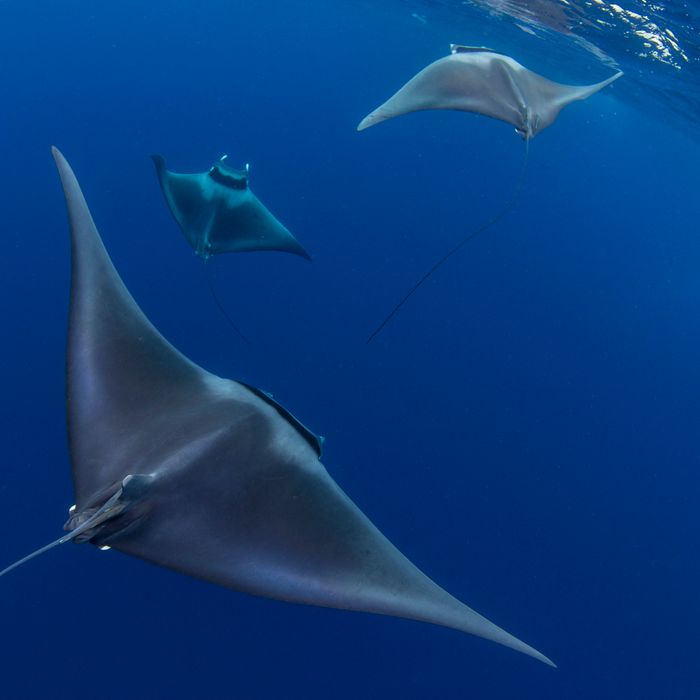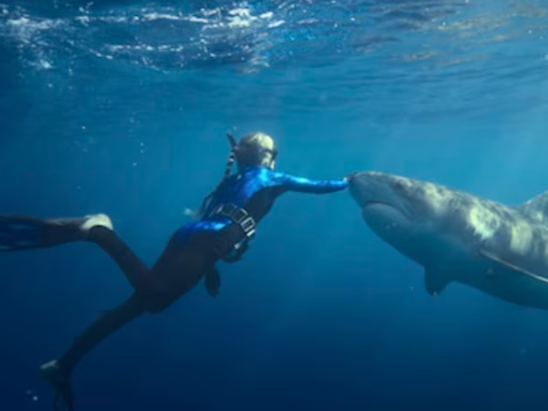It’s the last step before being labeled “extinct in the wild.” This year, the International Union for Conservation of Nature (IUCN) downgraded the status of Mobula mobular—known in the Mediterranean as the “devil ray”—to Critically Endangered.
According to the Fondation de la Mer, which reacted in a statement to this alarming downgrade, “in just seven years, the global population has collapsed; some subspecies, such as those in Martinique, are already extinct. This is a wake-up call reflecting the fragile health of our oceans.”
The Mobula mobular, which can reach up to 3.5 meters across, swims near the surface and down to depths of 1,000 meters. It lives in groups of up to 40 individuals and can be found in many regions around the world. In recent years, scientists had already noted troubling signs: devil rays, usually spotted offshore, were increasingly seen closer to the coast—a “very bad sign,” according to marine biologist Matthieu Lapinski, president of the Ailerons association.
Devil rays face multiple threats: pollution (especially plastic), warming waters, intense maritime traffic, and fishing activities. Although catching them is strictly prohibited in France, they are still often victims of bycatch, later kept for their meat and gill plates, which are increasingly traded worldwide—and in some regions, they are even directly targeted.
A little-known species
Protecting this species is all the more challenging because it remains poorly understood.
“The lack of knowledge about the Mobula mobular hinders conservation efforts,” said Alexandre Iaschine, CEO of the Fondation de la Mer. The organization supports missions aimed at better understanding these species and “closing the knowledge gap” in order to “implement effective and lasting protection measures.”

A fragile future
According to scientific data, Mobula mobular females are believed to give birth to only one pup every one to three years, meaning populations recover very slowly from overfishing, notes the IUCN, which also highlights that “the size of the global population remains unknown.”
However, available data suggest that the global population of spinetail devil rays has declined by more than 80% over the past three generations—that is, in less than 50 years. The IUCN further warns of a “likely further decline” in the next 50 years.
This new alert adds to a growing pattern of decline among rays, sharks, and chimaeras, whose populations have dropped by more than 50% since the 1970s due to overfishing.
Last June, in Nice, more than fifteen countries launched a coalition to halt the extinction of these vital marine species.




